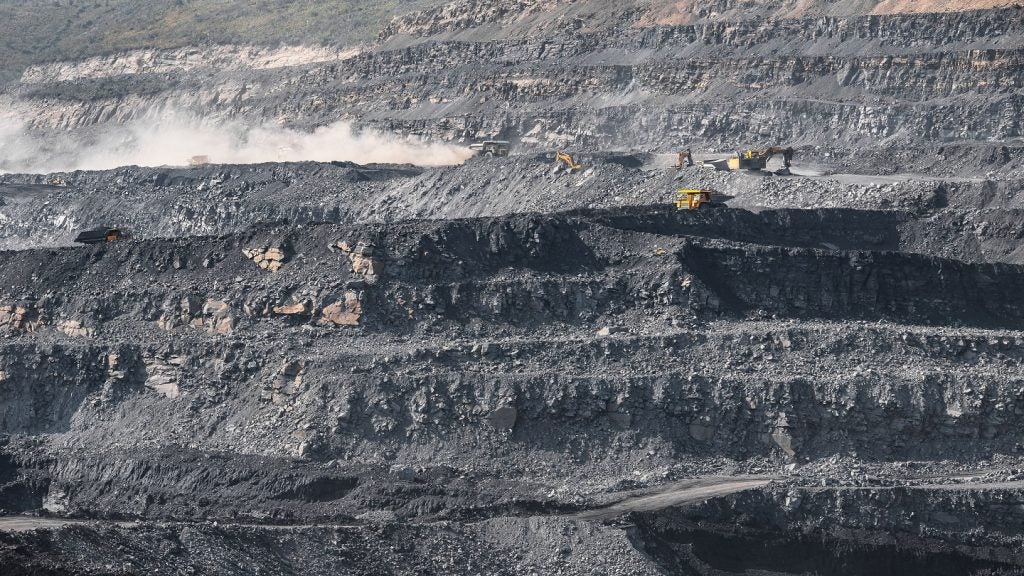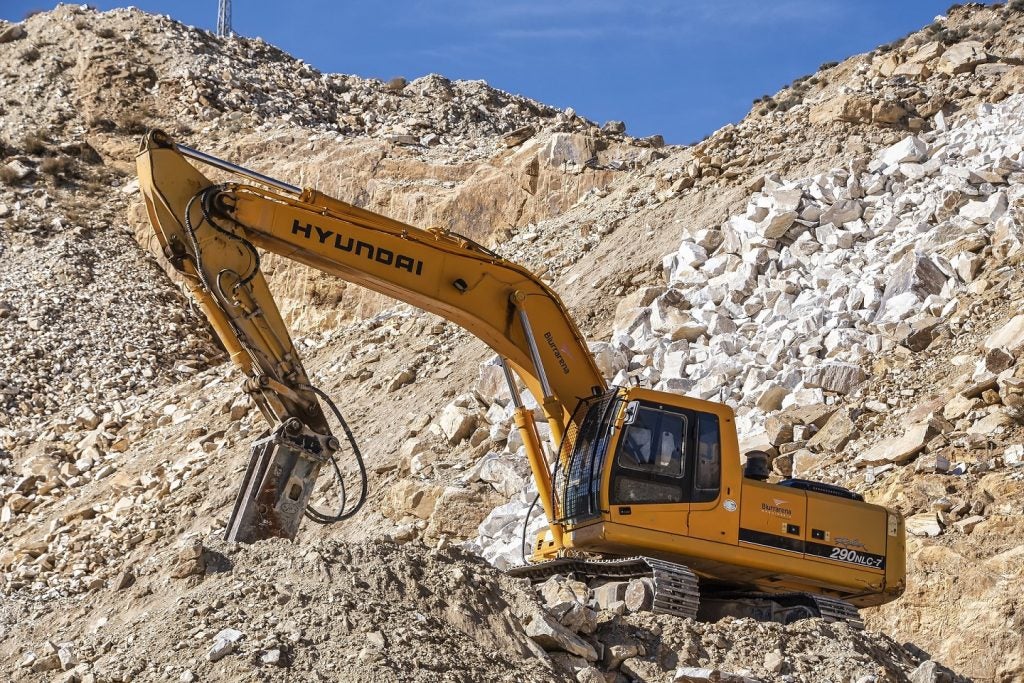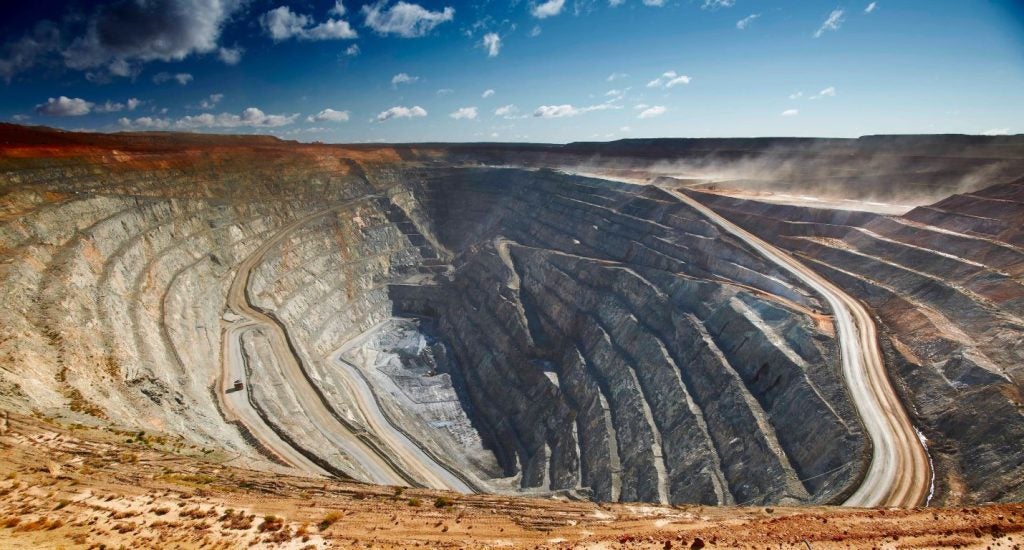
 Blue skies above Yandicoogina mine, Courtesy Garry Davies.
Blue skies above Yandicoogina mine, Courtesy Garry Davies.
What makes a great chairman and, specifically, what makes a great chairman of a mining company?
That’s the question facing Anglo American, BHP Billiton and Rio Tinto after John Parker, Jac Nasser and Jan du Plessis all announced in the space of five months their intention to leave, having steered three of the industry’s biggest hitters – with varying degrees of success − through two years of boom and bust thanks to the collapse in commodity prices brought on by the economic slowdown in China.
Their successors will inherit a trio of mining giants intent on resuscitating not only their bottom lines but also their reputations among investors and the public following a wave of high-profile scandals.
Rio Tinto is under investigation over a $10.5m payment made to a consultant who helped the company secure the rights to an ore deposit in Guinea, Africa. If found guilty, Rio could face large regulatory fines.
See Also:
BHP Billiton and its partner Vale have agreed a June deadline to settle a $48bn claim by Brazilian prosecutors over the Samarco mine collapse in 2015 that killed 19 people and left 700 homeless.
How well do you really know your competitors?
Access the most comprehensive Company Profiles on the market, powered by GlobalData. Save hours of research. Gain competitive edge.

Thank you!
Your download email will arrive shortly
Not ready to buy yet? Download a free sample
We are confident about the unique quality of our Company Profiles. However, we want you to make the most beneficial decision for your business, so we offer a free sample that you can download by submitting the below form
By GlobalDataAnd in 2015, Anglo American became embroiled in a fraud claim against executive Glenn James Tonkin, where the former project director was accused of misappropriating a total of $9.8m in company funds.
A new perspective: short-termism vs sustainable growth
The new chairs will be charged with steadying their respective ships and reassuring investors – and the sooner the better. A power vacuum at boardroom level can lead to uncertainty around strategy and direction, anathema to shareholders craving steady growth and a healthy return on investment.
Both goals remain elusive as the mining industry in general, and large operators in particular, hit the reset button in the wake of market uncertainty, multiple M&As, spiralling debts and profit warnings.
“As we come out of the depths of the cycle a different perspective is needed in the boardroom,” Richard Horrocks-Taylor, head of European metals and mining at RBC Capital Markets, told the Financial Times in March. “It’s less about balance sheet management and more about how you strategically develop your business without repeating the mistakes of the past.”
Chief among those was the belief that the insatiable economy of China, the world’s largest consumer of raw materials, would grow indefinitely. Failing to foresee the end of the boom, mining operators saddled themselves with cheap debt in a race to grow production following the global financial crisis, only to pay the price when resources such as copper, coal, gold and iron ore tipped into oversupply.
The FT reports that at the peak of spending in 2013, the net debt of London’s big four miners – Anglo American, BHP Billiton, Glencore and Rio Tinto − had increased to more than $90bn. Fours year later that figure is $54bn, commodity markets are starting to rebound, and thanks in the main to forensic cost-cutting, companies are paying down debts and tentatively looking to grow business once more.
Leading from the front: the qualities of an effective chairman
The chair’s role in this process will be crucial. Less starry but more nuanced than the chief executive, the role is often opaque and misunderstood, yet is at least as important to the long-term success of a business as a good CEO – and often harder to fill. The board meets only a handful of times a year for a few hours, but makes decisions that can define an organisation’s direction for years to come.
As the main conduit between the board of directors and upper management, the position requires humility, pragmatism and tact. Experience of the mining industry is not necessarily a prerequisite; remaining true to a company’s long-term strategic vision, even in times of crisis, most definitely is.
Speaking at Fortune’s Most Powerful Women Summit in 2016, Ellen Kullman, former CEO and chair of US chemical conglomerate DuPont, stressed that boards must look beyond the bottom line in order to fully understand the impact industry can have on the environment and local communities.
“Boards have to be very realistic about what their prospects are and understand – short-term, mid-term, long-term – what can all the constituents, the stakeholders, expect, not only the shareholders,” said Kullman. “We had to engage the community…focus solely on the short-term and short-termism is a problem…boards have to think about what does create long-term, sustainable value.”
Promoting diversity: potential candidates at Rio, BHP and Anglo
A woman could soon be chair of the world’s no. 1 mining company. BHP Billiton’s board already has three female members and former Westpac CEO Gail Kelly is seen as a possible successor to Jac Nasser. The Melbourne-based giant wants half of its 65,000-strong workforce to be women by 2025.
Former investment banker Carolyn Hewson, an independent director of BHP since 2010, is also in the running. The search is being headed by Baroness Vadera, BHP’s senior independent director.
Diversity at board level is also on the agenda at Anglo American. Outgoing chairman John Parker recently led a review which concluded that large, listed companies should include at least one person of colour by 2021, after finding "disproportionately" low levels of diversity across UK boardrooms.
As for sourcing a suitable replacement for Parker, Anglo American may decide to appoint an outsider as its new chairman in the shape of former Rio Tinto CFO Guy Elliot. The FT reports that Sir Philip Hampton, former chairman of J Sainsbury and Royal Bank of Scotland, could also be in the frame.
Finding a substitute for Du Plessis will be tough. During his eight-year tenure at Rio Tinto − second in the global list behind BHP − he launched a $15bn rights issue to repair its balance sheet, oversaw the departure of the then-CEO Tom Albanese and in 2014 rejected a takeover approach from Glencore.
Ex-Centrica boss Sam Laidlaw, recently appointed as non-executive director at the Anglo Australian operator, is a frontrunner to replace du Plessis, who is set to join telecom giant BT in November.
Whoever takes over at BHP, Rio and Anglo, they will do so at a pivotal juncture in their evolution and that of the mining industry as it slowly recovers from a period of almost unprecedented volatility.
In February, Rio revealed net profits in 2016 of $4.8bn, its London-listed shares having risen by more than 80% over the past year, giving the world’s second-largest miner a market value of nearly £64bn.
Brave, visionary leadership at boardroom level during the next commodities cycle will be a key factor in ensuring that, when metals and minerals markets turn bullish once more, as they surely will, the world’s premier mining companies eschew short-termism in favour of strategic, sustainable growth.







